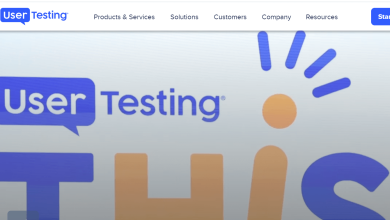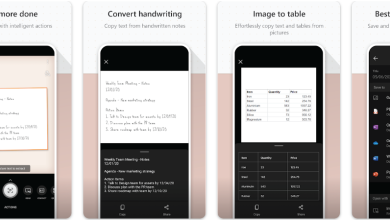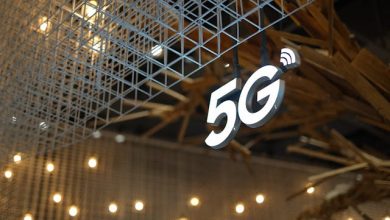In What Ways Can The Retail Business Make Use of Computer Vision and AI?

The retail business is evolving at a rapid pace. Computer vision and Artificial Intelligence (AI) applications in retail are sweeping the market, providing a proven approach to improving consumer experience and raising revenue. Retailers may learn more about their customers, thanks to AI software. To remain competitive, they must comprehend, study, and implement AI into their business by working with a leading AI development company.
There are just 3% of retailers already using computer vision, but 40% want to deploy it in the next three years, according to RIS 29th Annual Retail Technology Study. Artificial intelligence and Computer Vision are expected to impact the retail business sooner than most people think significantly.
What exactly is computer vision?
Computer vision is a branch of artificial intelligence that enables machines to recognize and interpret real-world objects. A camera is used as the machine’s eyes. Algorithms that can process photos and video are its ‘brain.’ As soon as the camera is turned on, the algorithm begins analyzing the surroundings and responding to what it sees.
Algorithms may be trained to seek specific patterns in photos that engineers have labeled. For example, let’s say that we want a computer to tell the difference between jeans and skirts. It is possible to define the rules by which the computer can identify patterns.
How may AI and Computer Vision be used in retail?
There are several ways that retailers might benefit from using computer vision. Here are some tips to help you increase sales or enhance client happiness.
Inspection software increases stock visibility
Managing inventory in retail can be difficult because of the constantly changing conditions on the shop floor. Let’s take Bershka or H&M as an example of a high-volume clothes retailer.
In a changing room, items frequently disappear. Clothes are strewn on the floor. Only a few people make it to the checkout. While it takes a lot of time and effort to restore things back to where they should be, the pressure on the staff is immense.
In order to keep up with demand during peak times, stores are sometimes left in disarray, and clothing is left scattered on the floor as personnel battle to keep up. Adding insult to injury, a shop’s empty or disorderly shelves will deter potential consumers.
However, there is a solution: Automated Stock Management.
With the use of deep learning models for computer vision, AI in retail can detect whether things are missing or poorly placed, easing the burden on employees.
The program may also notify employees when a product is out of stock and inform them when broken goods or improper pricing are being sold at a particular location. This way, they can focus on offering superior customer support and recommending customized products.
Self-checkouts simplify customer service
It’s not uncommon for customers to expect a hassle-free online experience. As a result, customers now want the same degree of convenience in-store. Using self-checkouts is one approach to deliver it to them.
Shoppers may use self-checkouts to scan barcodes and pay without the assistance of a human cashier. We can all agree that shorter checkout lines are a good thing since it means more consumers can check out in a shorter amount of time.
Self-checkouts are also a terrific method to keep costs down while still delivering a high level of customer satisfaction. Automated airport check-in costs just 14 cents for each passenger, compared to $3 for a manned check-in counter. There’s no reason to believe that the same savings can’t be achieved even in retail.
Self-checkouts, on the other hand, have their drawbacks. Shoplifting is more difficult to prevent since customers may place things in their shopping carts without scanning them. You can, however, overcome this problem with computer vision.
Behavioral analytics for marketing campaign optimization
Marketers use computer vision to gather information about clients’ emotional and behavioral patterns. Retailers might use this information to place seasonal items (such as Christmas decorations) in areas where customers are most likely to see them in order to maximize sales. Marketers may also use computer vision to predict the popularity of a product.
Lessen queues using virtual mirrors
Virtual mirrors have already become a massive hit as a relatively new technology. The user appears in front of a mirror on-screen, and the gadget enables them “try on garments” regardless of whether or not they’re at the store.
There are two types of virtual mirrors: those that employ computer vision, which uses image and face identification algorithms, and those that use augmented reality (AR), which lets clients try on garments using a smartphone camera. There are brands like H&M and Zara that currently utilize this software, and demand is expected to reach $17.65 billion by 2028.
One of the most valuable tools in modern technology is computer vision. Our examples above are just a handful of the ways you may utilize them to improve customer satisfaction and raise revenue.




